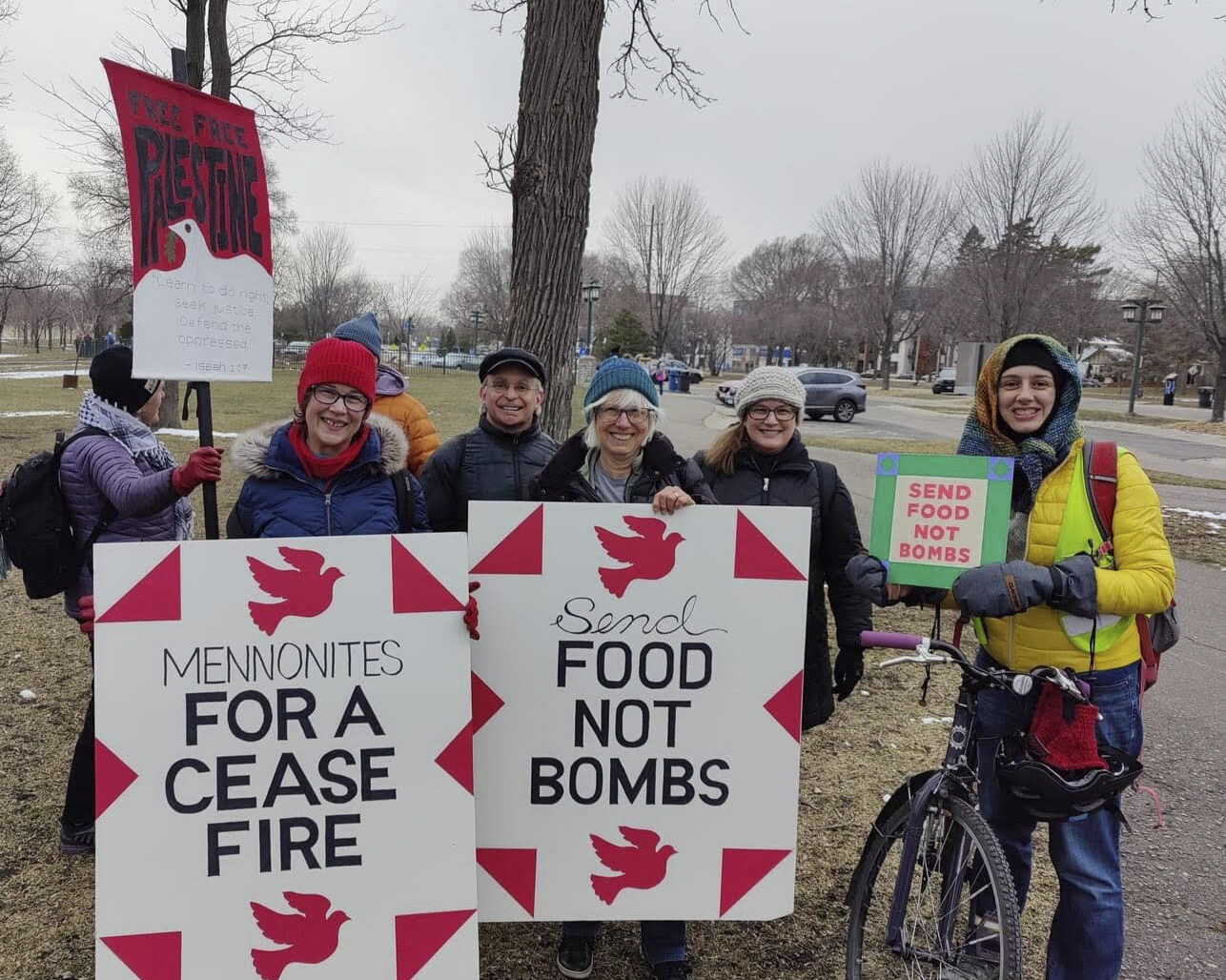‘Black Boy’ by Richard Wright
The first 24 years of my life were spent in the south—that is, the southern part of the United States: Arkansas. In our household of nine, we always had one black servant. We called her the maid, but she really was the “jill of all trades.” A particular one was Nettie. At the same time Nettie worked for us, we had a black cat and Nettie used to say, “He my brother.” Of course, that would provoke laughter.
I was reminded of Nettie by a book I recently read: “Black Boy” by Richard Wright.
To read it was an emotional experience. I learned so many things that I had wondered about for many years. At that time (maybe today it’s different?) I would never dare ask any of those maids about their lives or thoughts. Richard Wright does it all, chronicling all the hurts, indignities and unanswered questions he grew up with.
He became not just a writer but a noted writer, and winner of many book awards. Years ago, I read his book “Native Son,” which I probably should read again, but was not as moved by it as by “Black Boy.” Wright mentions the terms he had been called, certainly not meant to be contemptuous, but were. For example, the Black man-of-all-trades who fixed any impaired household equipment and took care of the yard for my family was treated with respect, but he was never called “Mister.” You never addressed Black people as Mr. or Ms., and should they have had the temerity to use your front door, they were directed to “go to the back …”
At one time, the governor of Arkansas was Orville Faubus, and during one of his campaigns he let it be known that if he didn’t win, he would, as soon as the law permitted, discharge all the Black teachers and replace them with white teachers. Of course, the Black community supported the Black teachers and he won. His tenure had other difficulties, but this is not about that.
The choice between peace and mutually assured destruction
There it was—the article reminding us of the nuclear bombings of Hiroshima and Nagasaki, and who better to write it than Helen Caldicott, pediatrician, founder of the Physicians for Social Responsibility and Nobel Peace Prize winner. It’s been 75 years since the bombs were dropped, and the world is growing no closer to eliminating those weapons and agreeing to their abolition. One hundred twenty-thousand people were killed immediately and thousands and thousands more died of radiation.
Then came the response. Between 1945 and 1998, the United States conducted more than 1,000 nuclear tests and has built more than 70,000 atomic and hydrogen bombs. The Russian Federation built at least 55,000. Since then, arms control agreements have resulted in reducing these numbers to about 14,000 nuclear bombs in the possession of nine nations, with the U.S. and Russia leading the pack, each with more than 6,000 total weapons.
A nuclear “exchange” between the two would take a bit over one hour to complete.
A 20-megaton bomb would dig a hole three-quarters of a mile wide and 800 feet deep, converting all buildings and people into radioactive fallout. Within six miles in all directions every living thing would be vaporized. Twenty miles from the epicenter, huge fires would erupt as winds up to 500 miles per hour would suck people out of buildings and turn them into missiles traveling at 100 miles per hour. The fires would coalesce, incinerating much of the U.S. Possibly billions of people would die hideously from acute radiation sickness, vomiting and bleeding to death. As thick black radioactive smoke engulfed the atmosphere, the earth would eventually be plunged into another ice age.
Another incipient disaster is the warming of the planet. The International Energy Agency said recently that we have only six months left to avert the effects of global warming until it is too late. Actually the U.S. Department of Defense is a misnomer; it is the Department of War, Death and Suicide. Hundreds of billions of U.S. taxpayer dollars are spent by corporations to create and build the most hideous weapons ever known. Investments in these companies, no doubt, bring returns but at what cost!
THIS COUNTRY MUST BE ON FRIENDLY TERMS WITH ALL THE COUNTRIES OF THE WORLD. THE UNITED STATES NEEDS TO RISE TO ITS FULL MORAL AND SPIRITUAL HEIGHT AND LEAD THE WORLD TO SANITY AND SURVIVAL.
Julian Assange, a journalist in danger
Remember him? He’s the Australian founder of the website “WikiLeaks” who ended up in a London jail on 17 espionage charges and one charge of computer misuse. He could spend the rest of his life in the U.S. prison in Florence, Colo. He’s in the news again as the Chinese dissident Al Weiwei staged a silent protest over his treatment, claiming authorities have a responsibility to protect press freedom and that Assange is a journalist entitled to protection. Assange could, no doubt, benefit from expressions of similar concern from journalists worldwide.
A child’s lesson from Blackface a hundred years ago
In my Hot Springs, Ark. birthplace, a large “ball” is held each Christmas at the most upscale hotel in town at which young white children, with blackened faces, hand out favors in the form of small cotton bales. I once was one of those children. I was reminded of this recently in reading a New York Times article about Blackface. I remembered a particular ball years ago when a white man pulled back my shirt sleeve, pointing to my white skin, laughing, and I was embarrassed. Thus, my introduction to Blackface.
There are layers of ideas and thoughts about Blackface and not all are negative. Racquel Gates, an associate professor of cinema and media studies at the College of Staten Island CUNY, says, “It’s important to back up and ask, ‘What do we think Blackface is and what do we think it does? Sometimes it’s self-aware; sometimes it can be a scathing critique; other times, an unnecessary provocation. Which is why it’s a disservice to erase the memory of the use of Blackface from the internet, when what we really should be doing is try to understand it: why it persists, and what, if anything, it’s trying to say.’ (Examples of Blackface as satire are present in the cinemas, in the TV show “Lethal Weapon,” and in a 2008 episode of “Thirty Rock.”)
One episode of a long-gone TV show, “Believe in the Stars,” asks the question whether it’s worse to be a white woman or a Black man. The same premise occurs in a 2007 episode of the “Sarah Silverman Program,” in which Sarah challenges a Black restaurant server’s insistence that it’s more difficult being Black than her insistence that it’s harder being Jewish. Sometimes the issue is broached by a comedian just “for fun.” Is there a way to promote or show a Silverman episode today?
In his book “Disintegrating the Musical: Black Performance and American Musical Film,” Arthur Knight describes how Blackface appeared in Hollywood movies such as “The Jazz Singer” and “Holiday Inn.” The transformation was part of an appeal for audiences. I wonder if this issue would entice viewers today, either white or Black?
‘Capitalism in the 21st century’
Years ago, I read a glowing review of Thomas Piketty’s book “Capitalism in the 21st Century” and I tried to read it. I read about a fourth of the first chapter and gave up. Now he’s written a new book, but I know better than to try to read it. However, it sounds great and I found an encapsulation in an article from “In These Times” so you can appreciate my interest. Here it goes.
Following are the five proposals to reverse extreme concentration of wealth and enable a new era of participatory socialism.
1) TAX INCOME. In the 1950s, 90 percent of top tax rates on the highest incomes prevented runaway executive pay. We must return to that, with high taxes of up to 90 percent, not just on salaries but on all income, including capital gains, dividends and rents.
2) TAX WEALTH. We tax wealth today—the property tax—but it’s a “flat” tax averaging 1 percent on only one kind of wealth. To restrain the largest fortunes that are now growing at up to 10 percent a year, we must make the annual property tax “progressive” too. That means higher rates for those with larger holdings, and it means taxing wealth in all its forms, not just land and buildings.
3) TAX INHERITANCE. Invent an app or star in a movie that makes you a fortune? Good for you, but no just society can let that result in opulence for all time among your descendants. We must return to the 80 percent tax rates we had in the ’50s and ’60s on the biggest inheritances.
4) GIVE WORKERS A SAY. It’s unjust when those who own have all the say and those who labor have none except in the smallest firms; workers should elect half the board members as they do in the largest firms in Germany today.
5) CAPITAL FOR ALL. Ever heard of land reform—redistributing large estates to smallholders who’d work the land? Proceeds from the wealth and inheritance taxes could be used in another way—to give a universal capital endowment of $140,000 to every citizen when they turn 25.
There’s no way, of course, that all these proposals could occur simultaneously, but it should be possible to start—possibly with giving workers a say and having worker representation on the board. It definitely is something we should be thinking and talking about.






















